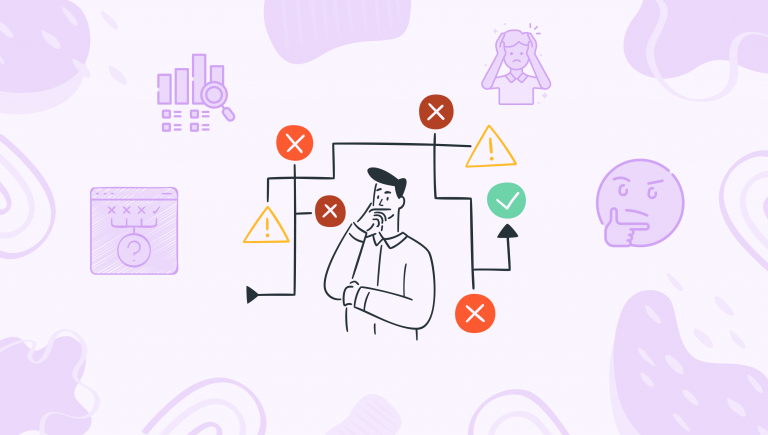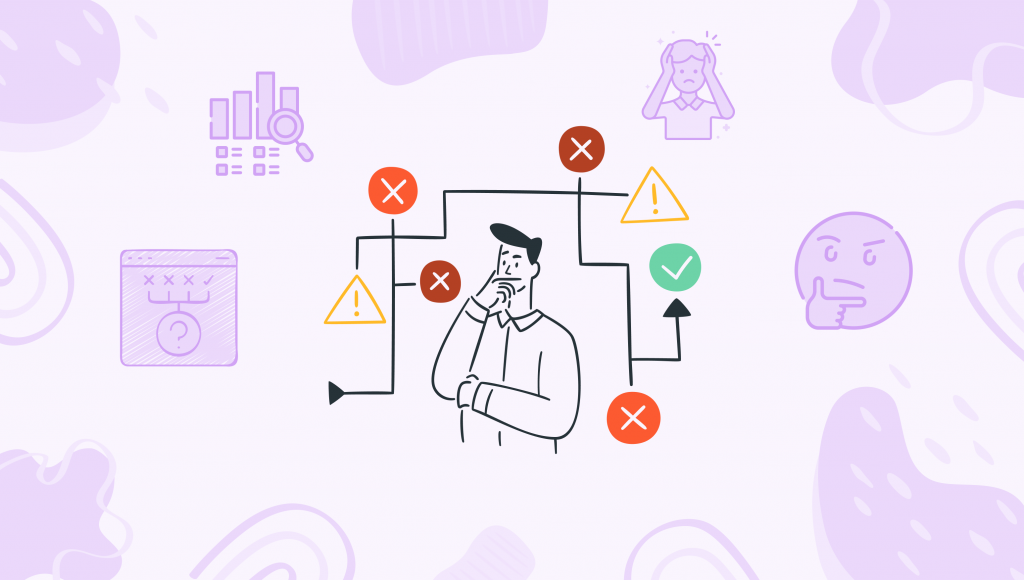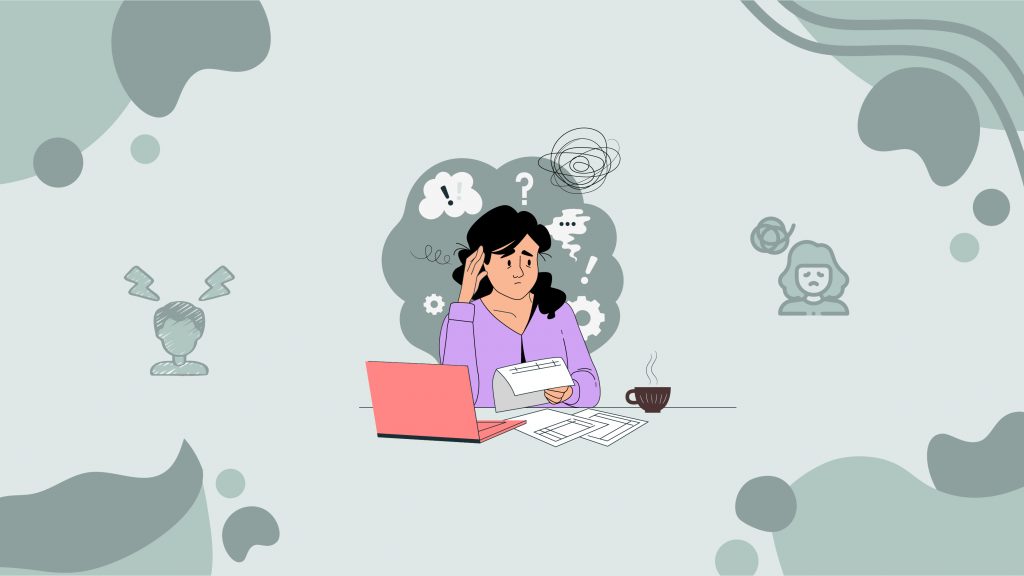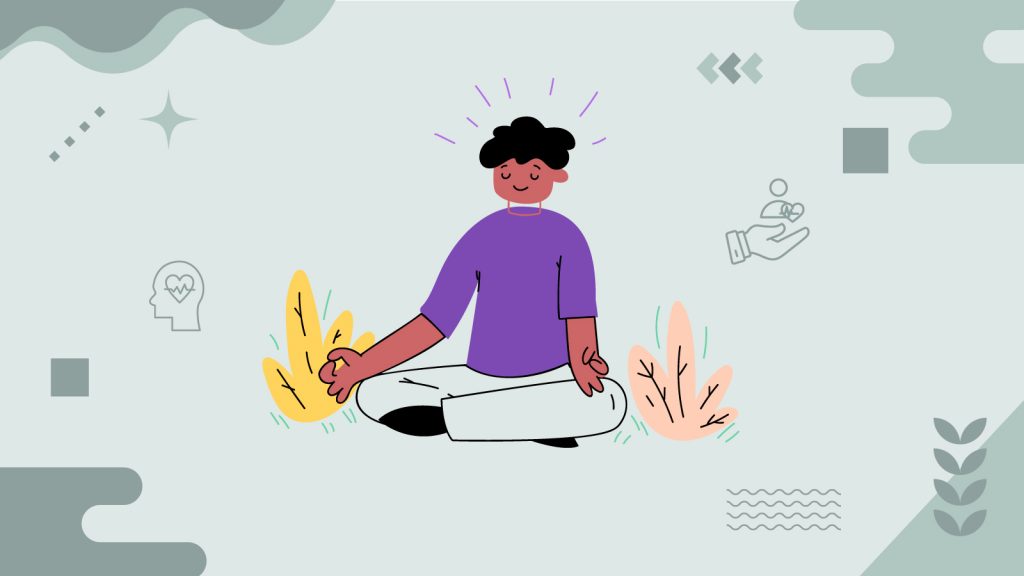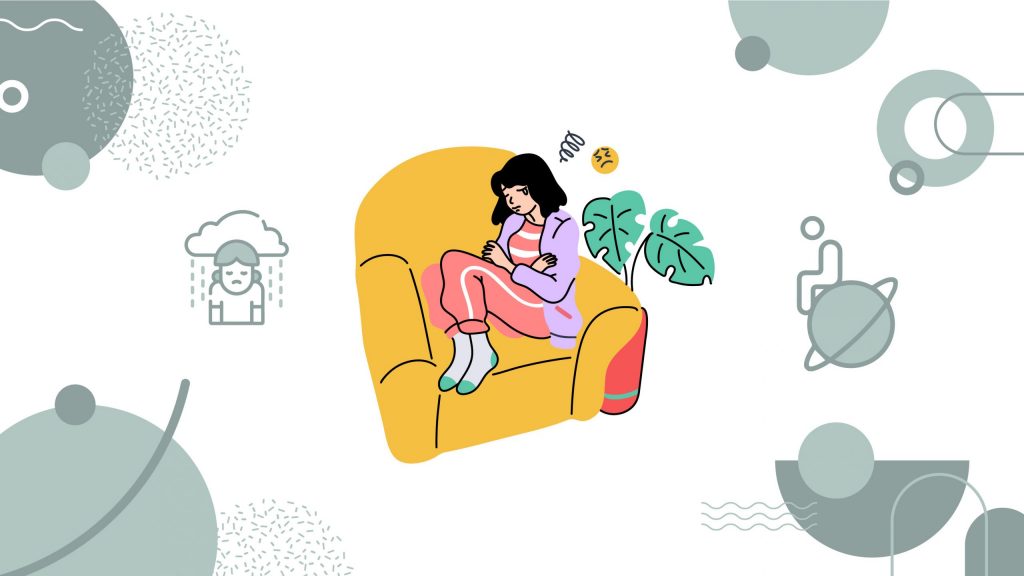Navigating the Decisive Living
At the heart of our daily lives lies a relentless stream of choices, from the mundane to the monumental. Yet, for some, this river of decisions doesn’t flow smoothly; it whirls into eddies of overthinking, trapping us in a cycle of analysis paralysis. This pervasive challenge ensnares us, turning simple selections into battlegrounds of doubt and anxiety.
It’s a struggle that transcends mere indecisiveness, morphing into a quagmire where every option is scrutinized, and every outcome is forecasted, yet decisions remain unmade. This paralysis not only stalls our actions but fosters an environment ripe for stress and worry, making the journey through everyday choices a daunting expedition.
The Circuitry of Second Guesses
Delving into the mind’s labyrinth, we uncover a tangle of neural pathways overwrought by the burden of choice. When we obsess over decisions, our brain’s prefrontal cortex, tasked with analysis and judgment, goes into overdrive. This mental marathon can lead to cognitive overload, akin to a computer bogged down by too many commands.
In this heightened state, stress hormones like cortisol cloud our reasoning, while the anticipation of making the perfect choice halts the release of dopamine, our brain’s reward chemical. This neurochemical stalemate leaves us feeling stuck, powerless against the tide of our own thoughts.
Subscribe to newsletter
Get your Gut Health Starter Guide right now.
Elevate your Tuesdays with practical, science-backed wisdom propelling you forward on your gut health journey.

The Roadmap to Clarity
Tools for Immediate Calm
To find our way out of the thought storm, it’s essential to adopt strategies that cut through the noise of overthinking. Setting time limits on decision-making forces us to prioritize our thoughts and make choices without the luxury of endless deliberation. This practice helps reduce the anxiety associated with wanting to make the perfect decision.
Limiting information intake is another crucial strategy. In an age where information is abundant, learning to filter out unnecessary data can prevent us from becoming overwhelmed and help us focus on what truly matters in our decision-making process.
- Embrace Time Limits: Assigning a finite window to decide cuts through the mental clutter, propelling us towards resolution.
- Simplify with Lists: A straightforward pros and cons list anchors thoughts, transforming abstract worries into manageable considerations.
- Perfection’s Pitfall: Pursuing the ideal choice is a mirage. Learning to accept ‘good enough’ options liberates us from the chains of perfectionism.
Emphasizing actionable outcomes shifts our perspective from fearing what could go wrong to considering how we can handle potential challenges. This proactive stance empowers us to make decisions with confidence and adaptability.
Blueprint for Lasting Change
For long-term improvement, mindfulness and meditation can quiet the incessant chatter of our minds, enhancing our ability to live in the present moment and make decisions with clarity and calm. Cognitive-behavioral techniques, such as challenging irrational thought patterns and focusing on constructive thinking, can also alter our relationship with decision-making, making it a less daunting process.
- Cultivate Mindfulness: Regular engagement with mindfulness and meditation practices can quiet the incessant chatter of the mind, fostering a present-focused mindset less prone to overanalysis.
- Rework Thought Patterns: Through Cognitive Behavioral Therapy (CBT) or similar methodologies, we can unravel and reconstruct the thought processes that lead to analysis paralysis, paving the way for more adaptive decision-making behaviors.
- Practice Decisiveness: Regularly placing oneself in low-stakes decision-making scenarios strengthens the decision-making muscle, gradually diminishing the anxiety associated with choices.
From Quagmire to Clarity
Emily’s narrative is a beacon for those entangled in the web of overanalysis. “Every choice felt like wading through a swamp, where the fear of the wrong step was paralyzing,” she recounts. The turning point came when Emily decided to confront her paralysis head-on, applying a blend of immediate and long-term strategies to cut through the fog. Setting time limits for her decisions injected a sense of urgency that helped her move forward, while embracing ‘good enough’ choices relieved the pressure of perfectionism. Mindfulness practices grounded her in the present, reducing the impulse to forecast every possible outcome, and CBT techniques reshaped her thought patterns, allowing her to challenge and change her habitual overthinking.
The transformation was profound. “The difference is night and day. Decision-making has become a more streamlined process, no longer fraught with anxiety. This shift hasn’t just made me more decisive; it’s enhanced my overall well-being, making life’s journey smoother and more enjoyable,” Emily reflects.













